A palatial discovery
来源:中国日报英文版
2022-07-14 09:04:07
Original Headlines:A palatial discovery
Source:中国日报英文版

A bird's-eye view of Taosi site, located in Xiangfen county, Linfen, North China's Shanxi province. [PHOTO BY LI XIANJUN/FOR CHINA DAILY]
Ongoing excavation of ruins at Taosi, Shanxi province, may hold the key to the forming of prehistoric Chinese civilizations, report Yang Feiyue in Beijing and Sun Ruisheng in Taiyuan.
Editor's note: A national comprehensive research program, launched in 2002, to trace the origins of Chinese civilization, has led to the excavations and studies of key sites that are about 3,500 to 5,500 years old. It has revealed a host of secrets about ancient China, including how early civilizations were formed and how they merged to create unity in diversity. China Daily speaks to experts working at these sites to decode their recent discoveries.
More than six decades ago, a group of archaeologists descended on Taosi site in Xiangfen county, Linfen, North China's Shanxi province, looking for clues about the early phase of the Xia Dynasty (c.21st century-16th century BC), the first central dynasty recorded in Chinese history. While they did not exactly find what they wanted, they chanced upon something bigger and beyond their expectations.
Stunning evidence of urbanization, including palaces, elite residential areas, cemeteries of the social elites, enceinte (fortified enclosures) and ceremonial centers, found since the first general survey of cultural relics in the 1950s, has earned the cluster of excavation sites a special mention in the annals of archaeology.
"Some scholars deemed Erlitou, (discovered in the late 1950s) in Central China's Henan province, the capital of the late Xia Dynasty," says He Nu, a researcher with the Chinese Academy of Social Sciences. "Hence, they were looking for evidence of the city in the dynasty's early phase."

Pottery unearthed on Taosi site in Xiangfen county, Linfen, Shanxi province, in May. [PHOTO BY LI XIANJUN/FOR CHINA DAILY]
Between 1978 and 1985, the CASS Institute of Archaeology and the Linfen cultural relics bureau teamed up for large-scale excavations at Taosi.
Residential areas for noblemen and commoners were discovered, as were tombs that preserve sacrificial items of the royal family, such as dragon-patterned plates and woodwork.
"These quickly catapulted Taosi site to the center stage," He says.
Archaeological studies that followed led to the incredible conclusion that the site was 4,300 years old and preceded the Xia Dynasty by a few hundred years. The city is believed to have spread over four square kilometers during the prosperous rule of Yao, a legendary ruler whose reign was believed to have started in the 23rd century BC.
Legends about Yao are found in Shiji, or Records of the Grand Historian, a monumental documentation of ancient China curated by Sima Qian during the first century BC.However, little archaeological proof about his rule existed until the excavations in Shanxi province in recent years.
"To some extent, Taosi site has helped prove that the era of Yao is not a figment of imagination," says Gao Jiangtao, who has been in charge of excavations at the prehistoric site for years.

An archaeologist conducts excavation at Taosi site. [PHOTO BY LI XIANJUN/FOR CHINA DAILY]
Taosi may have been the capital during the Yao era, but was abandoned around the 19th century BC. "The site has features that match what was documented by early Chinese historians," Gao says, adding that a lot still needs to be done to understand the era of Yao from a historical perspective.
The discovery of palace ruins, a storage house, tombs, astronomical platforms and a handicraft hub, among others, over the past four decades suggests that Taosi was as equipped as any ancient capital city.
Although archaeologists have unearthed other cities in China that are older than Taosi, few of them have monumental constructions and clear urban layouts like the latter does. The palaces have garnered the maximum academic attention. "They mirror the degree of civilization at that time and provide hints of cultural inheritance by following historical periods," Gao explains.
From 2013 to 2017, excavation work primarily shed light on the palace enclosure covering 130,000 square meters. "It is challenging to conduct an archaeological study of ancient architecture, as most structures are in ruins. Experts from various disciplines need to be involved to interpret signs and symbols. A high-level scientific approach must be applied," says Gao.
As many as 11 palaces are believed to have existed at the site in prehistoric times. "So far, we have finished work at the 'Palace No 1' site. We have basically figured out its scale, structure, layout, boundary and time span," Gao says.
These have been determined by extrapolation from the raised rammed-earth foundations, and everything else that has managed to stand the test of time, including pillars, he adds.

Archaeologists work on the site. [PHOTO BY LI XIANJUN/FOR CHINA DAILY]
Work at Palace No 1 site started in March 2018 and was jointly conducted by the CASS Institute of Archaeology and the Shanxi provincial archaeology institute. It was finished earlier this year and archaeologists now have reasons to believe it covered an area of roughly 6,500 square meters.
"The palace was very grand in scale and boasted the biggest rammed-earth foundation," Gao says, adding that the main hall alone was 540 square meters in size, the largest of its kind in the Neolithic period, which in China refers to 10,000 to 4,000 years ago.
The whole structure was rectangular, a traditional palatial shape embraced over the course of history in China. "The layout was typical of Chinese palaces, with a main hall, adjoining buildings and corridors, a fortified enclosure and city gates. We even found application of the central axis concept, which was carried on by later generations," Gao says.
Intricate carvings and stamped patterns on the gray floor have corroborated earlier conjecture about the site having a palace.
More than 120 relics have been unearthed, including pottery, things made of animal bones, and jade and bronze wares.
"Some of them are exquisite, some rarely seen before. The discoveries at Palace No 1 site will play a positive role in promoting studies about the origins of Chinese civilizations and about early China," Gao says.
Early findings at the site included more than 1,000 tombs. These were unearthed before 1985 and were indicative of social stratification in ancient times.
In 2003, an observatory believed to have been built around the 21st century BC was found in Linfen.
It is proof of a highly developed civilization, preceding even Stonehenge (a prehistoric stone circle monument, cemetery and archaeological site near Salisbury in Wiltshire, England).

An earthenware jug found at the site in May. [PHOTO BY LI XIANJUN/FOR CHINA DAILY]
It is the earliest known observatory in the world with a mature calendar system, according to researcher He.
Then there is the free-standing, ceremonial gate tower that was discovered at the site in 2015.
The structure resembles the entrance of the Forbidden City in Beijing.
Nevertheless, many experts associated with the project say more studies are necessary before coming to conclusions about the site.
Old history textbooks say the first Chinese dynasty belonged to Xia, who ruled from the 21st century BC, and may have descended from Yao's successors.
However, there is no archaeological evidence to support the theory yet.
Though similarities have been noticed between "character-like scripts" found at the site and "oracle-bone scripts" of later times, the formation process remains unclear, which calls for comprehensive and interdisciplinary research, experts say.
At the moment, Gao and his team are working at the Palace No 2 site that is located some 150 meters away from Palace No 1.
"From what we know so far, Palace No 2 was used for 100 years," Gao says.
Both palaces were built during the early stages of Taosi culture.
"We will study the other palaces one after another for the big picture," he adds.
想爆料?请登录《阳光连线》( http://minsheng.iqilu.com/)、拨打新闻热线0531-66601253,或登录齐鲁网官方微博(@齐鲁网)提供新闻线索。齐鲁网广告热线0531-66601253,诚邀合作伙伴。

Team China aiming high at worlds
- From left: Veterans Su Bingtian, Gong Lijiao, Liu Shiying and Liu Hong will lead Team China's batch of promising young track and f...[详细]
- 中国日报英文版 2022-07-14
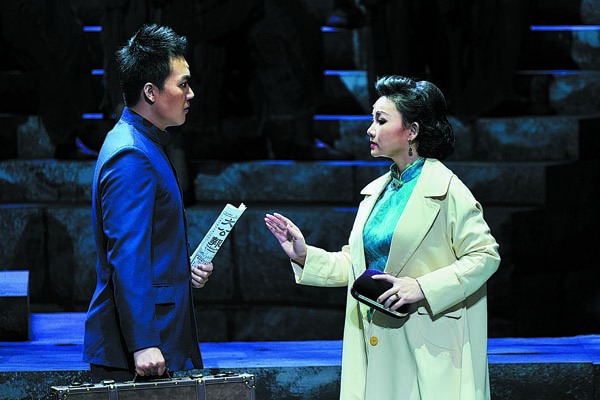
A historic performance
- A scene from the Chinese opera Jiang Jie, in which singer Wang Li performs the role of the female martyr, Jiang Zhuyun, at the Tia...[详细]
- 中国日报英文版 2022-07-14
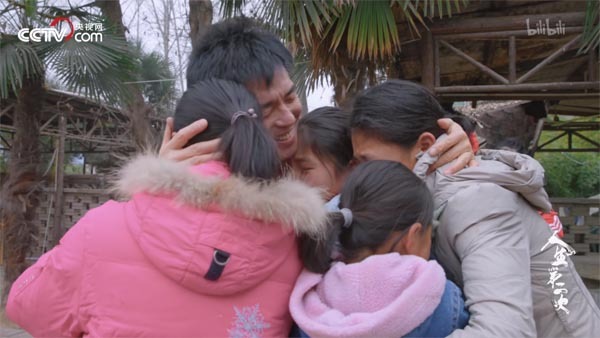
Inspirational stories of love
- The documentary shows students congratulating physical education teacher Bai Jian in Anshan, Liaoning province, after his wife gav...[详细]
- 中国日报英文版 2022-07-14

HK Palace Museum showcases nation's cultural treasures
- Visitors admire a white-glazed ceramic pillow featuring a boy lying on a couch, a rare artifact dating to the Song Dynasty . [PHOT...[详细]
- 中国日报英文版 2022-07-14

最高6000元!济南新一轮乘用车消费券来了!7月15日起发放
- [详细]
- 齐鲁网 2022-07-14

手速准备!家电消费券又来了!分五轮!油烟机、燃气灶也能买
- [详细]
- 齐鲁网 2022-07-14
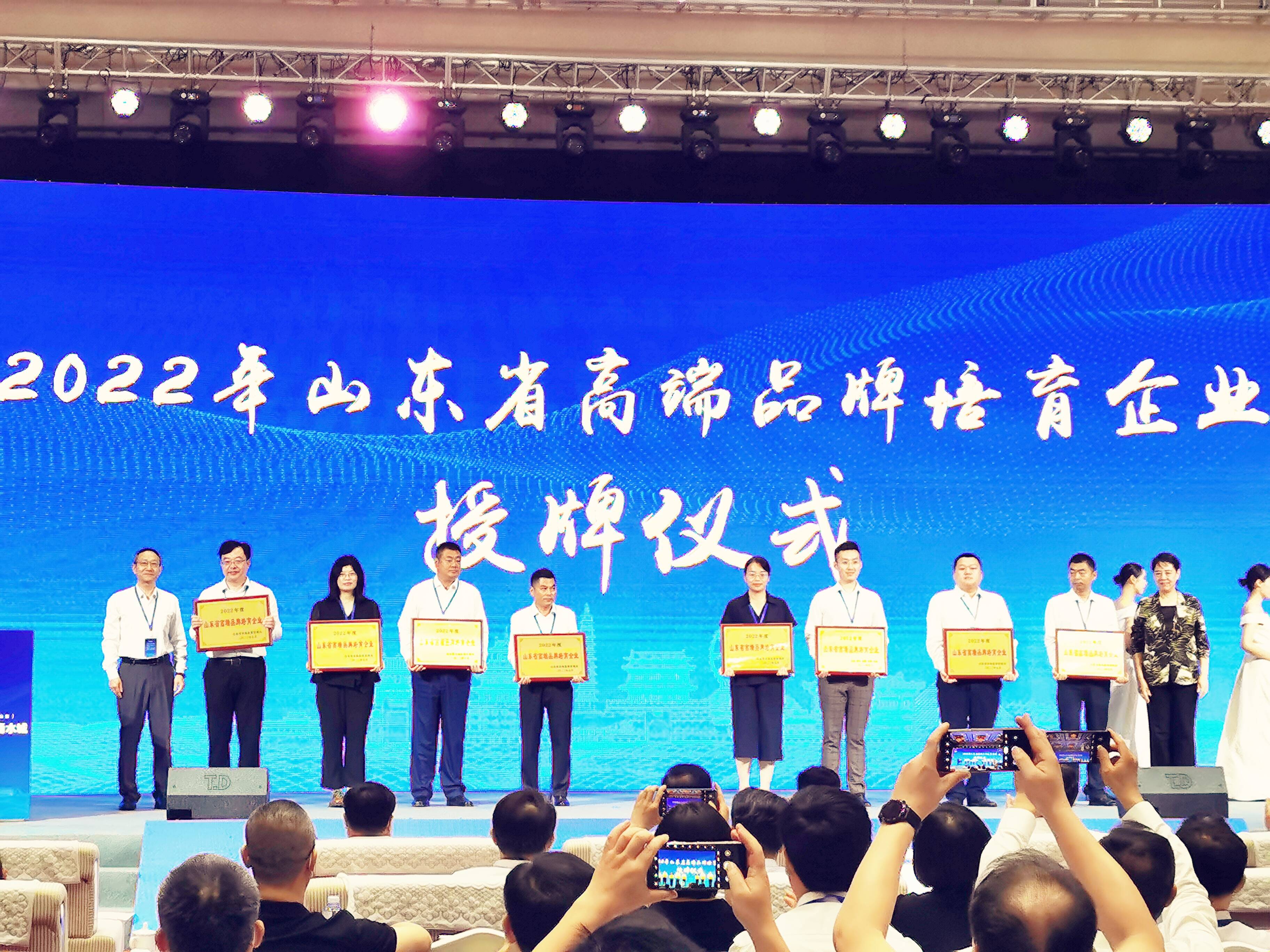
山东省2022年度高端品牌培育企业名单发布!济南90家企业入选 增速第一
- [详细]
- 齐鲁网 2022-07-13

闷热回归!济南14日最高气温将达34℃左右
- [详细]
- 齐鲁网 2022-07-13
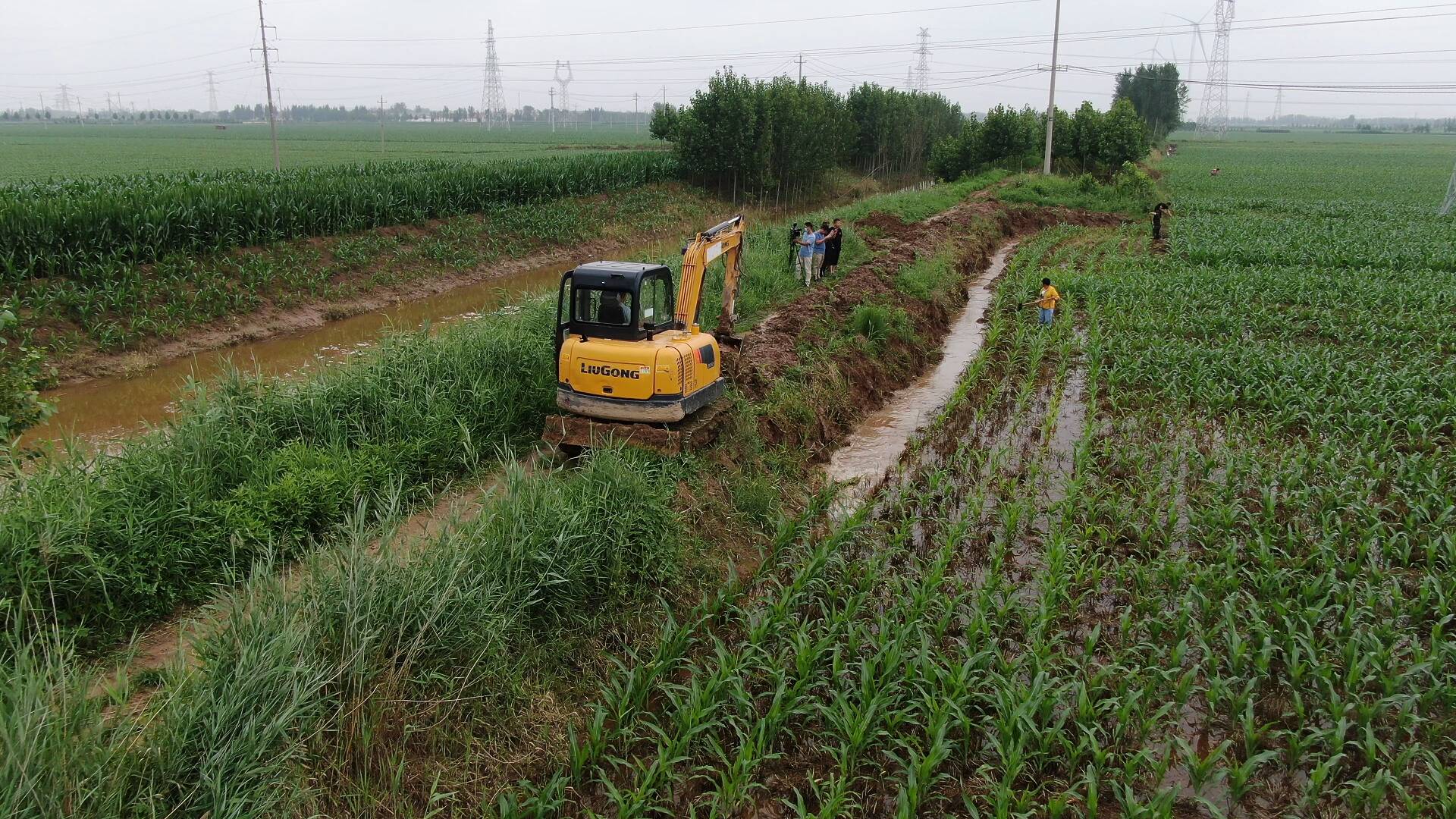
防汛救灾!商河县全力开展农田排涝工作
- [详细]
- 齐鲁网 2022-07-13

济南市防汛抗旱指挥部解除汛情黄色预警
- [详细]
- 齐鲁网 2022-07-13

济南新增设490个道路停车泊位 涉及经六路、科嘉路
- [详细]
- 齐鲁网 2022-07-13
新华社点赞济南:产销精准衔接强链补链 助企纾困“一网通达”
- 在近日济南市工业和信息化局、市国资委组织的济南市商用车产品产销衔接对接会上,中国重汽集团与三家物流企业共签售50台重卡,中通客车股份...[详细]
- 新华社 2022-07-13
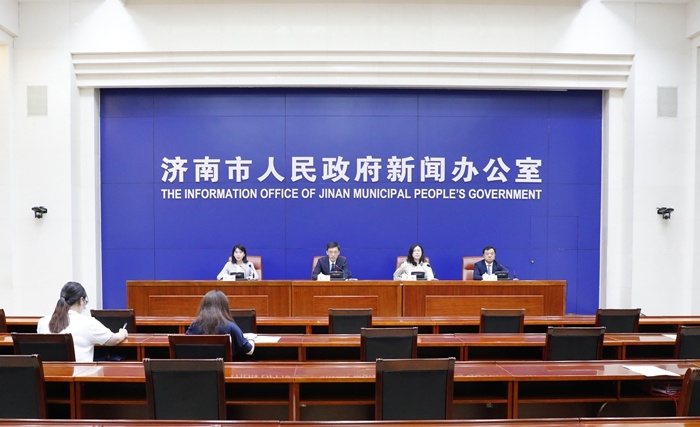
中日合作医疗康养论坛将于7月16日在济南举办
- 7月12日,济南市委市政府召开新闻发布会,介绍2022日本进口商品博览会相关情况。据悉,本届博览将举办中日合作医疗康养论坛,以及特色产品...[详细]
- 大众网 2022-07-13
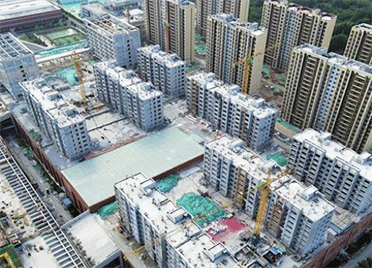
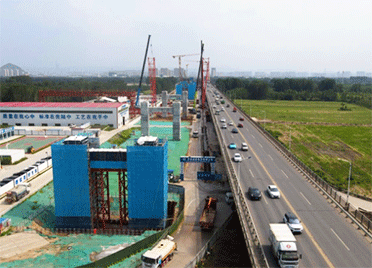

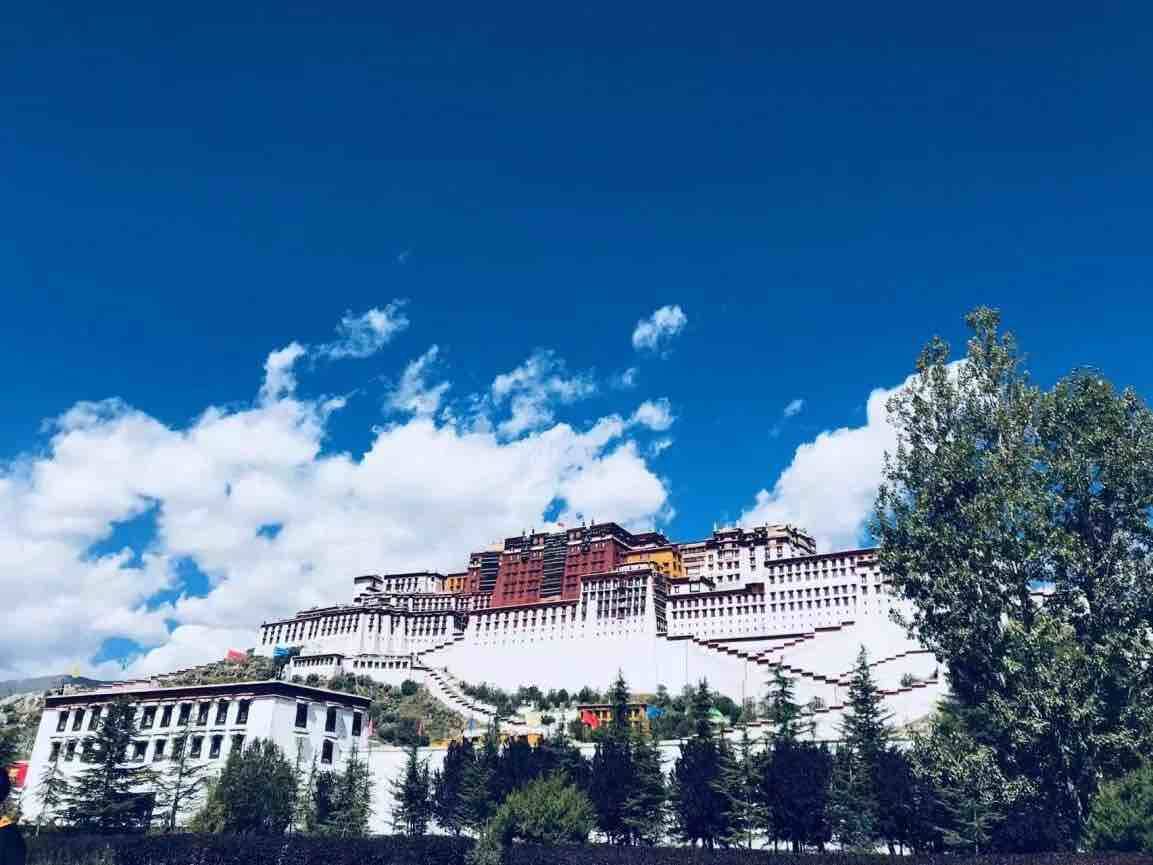

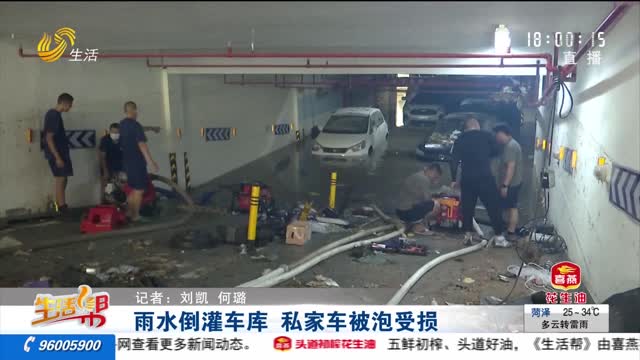
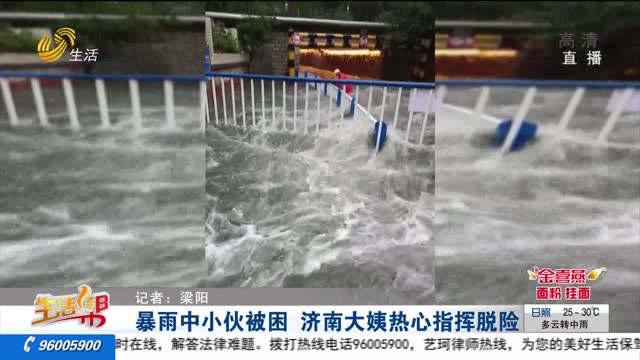
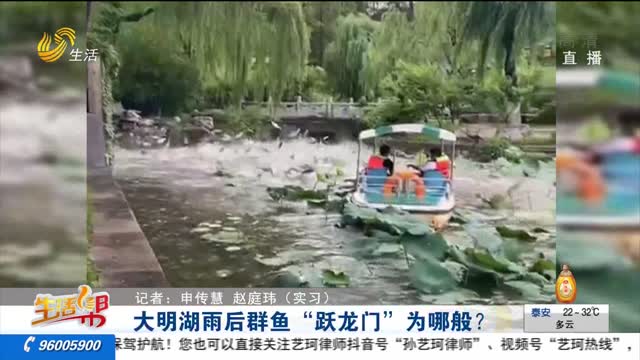
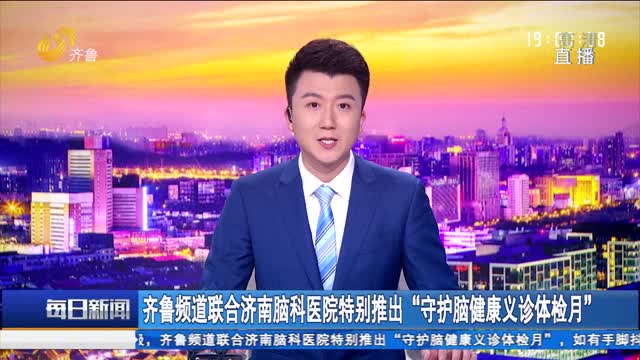



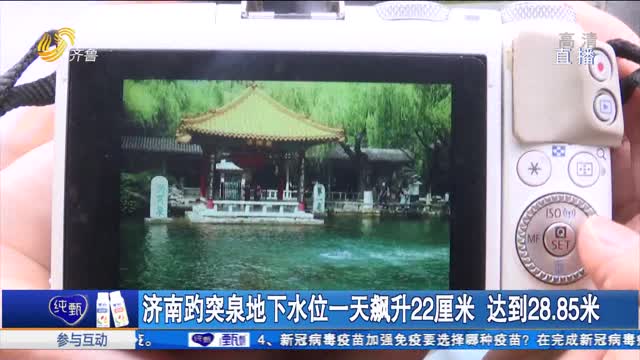
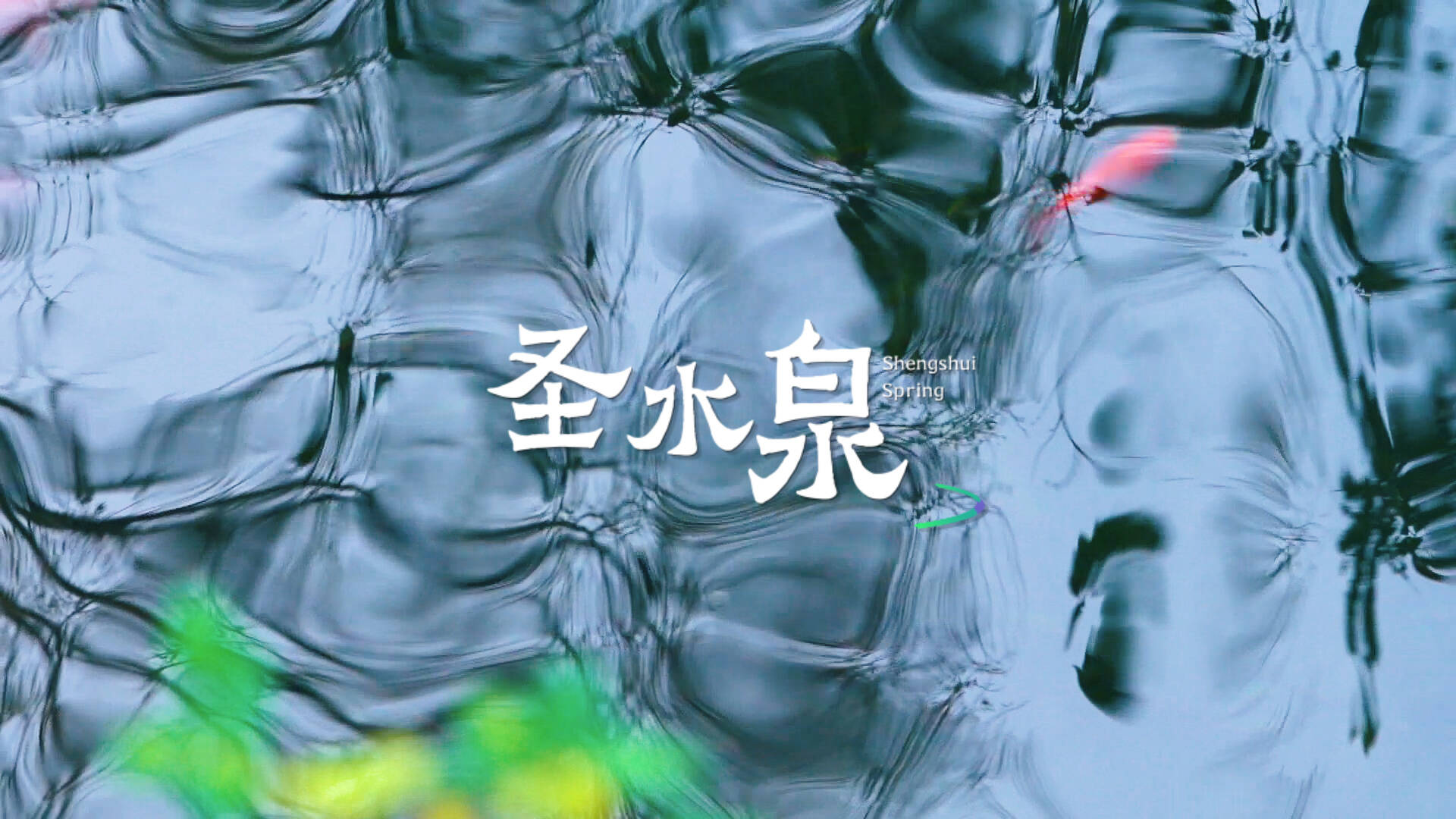
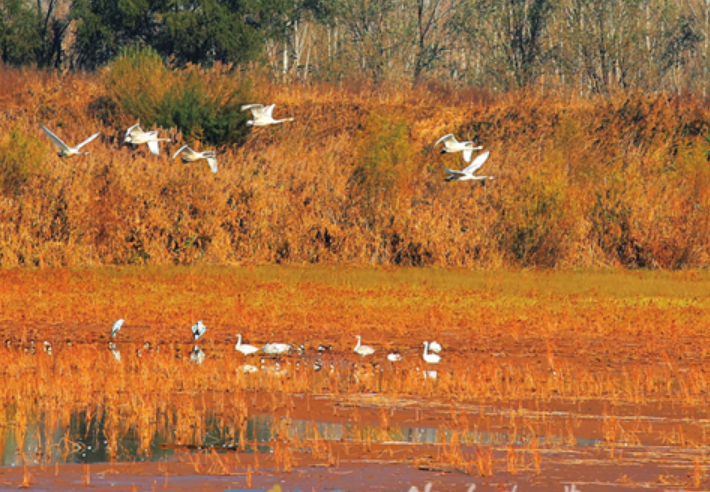
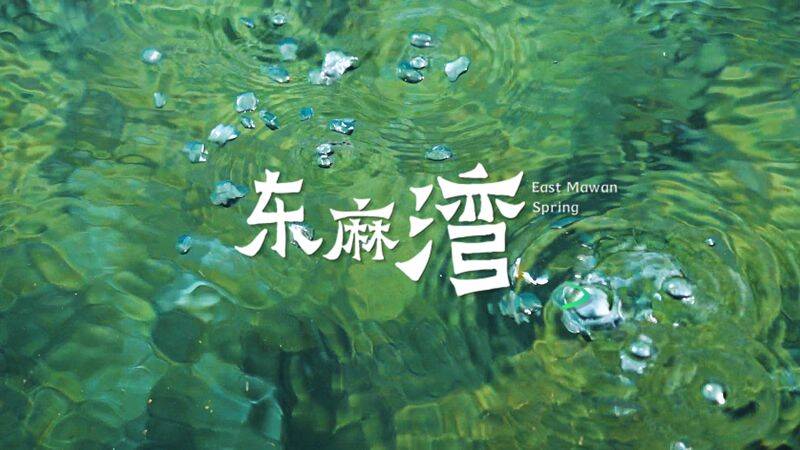
网友评论仅供网友表达个人看法,并不表明齐鲁网同意其观点或证实其描述我来说两句